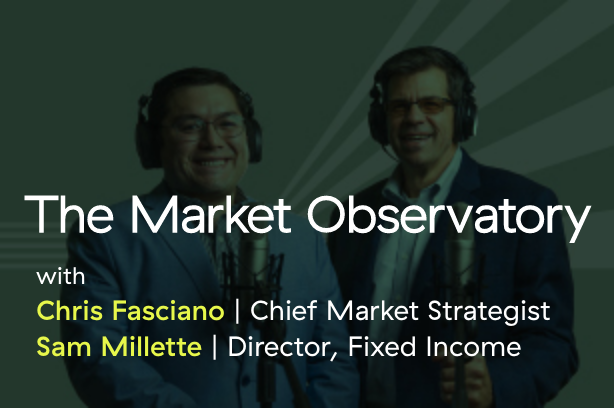March’s data continued to be good overall, although there was some pullback from February’s very strong reports. Job growth slowed substantially, which was the most notable concern. This is most likely not an immediate problem, however, as long-term trends remain favorable. More worrying is that while confidence remains high, the trend appears to be peaking for both consumers and business. Again, this is more of a change in trend rather than an immediate concern. Fed policy continues to be stimulative, which is helpful, despite the recent rate increase. Overall, this month’s economic data indicates that growth continues, although it may have peaked.







